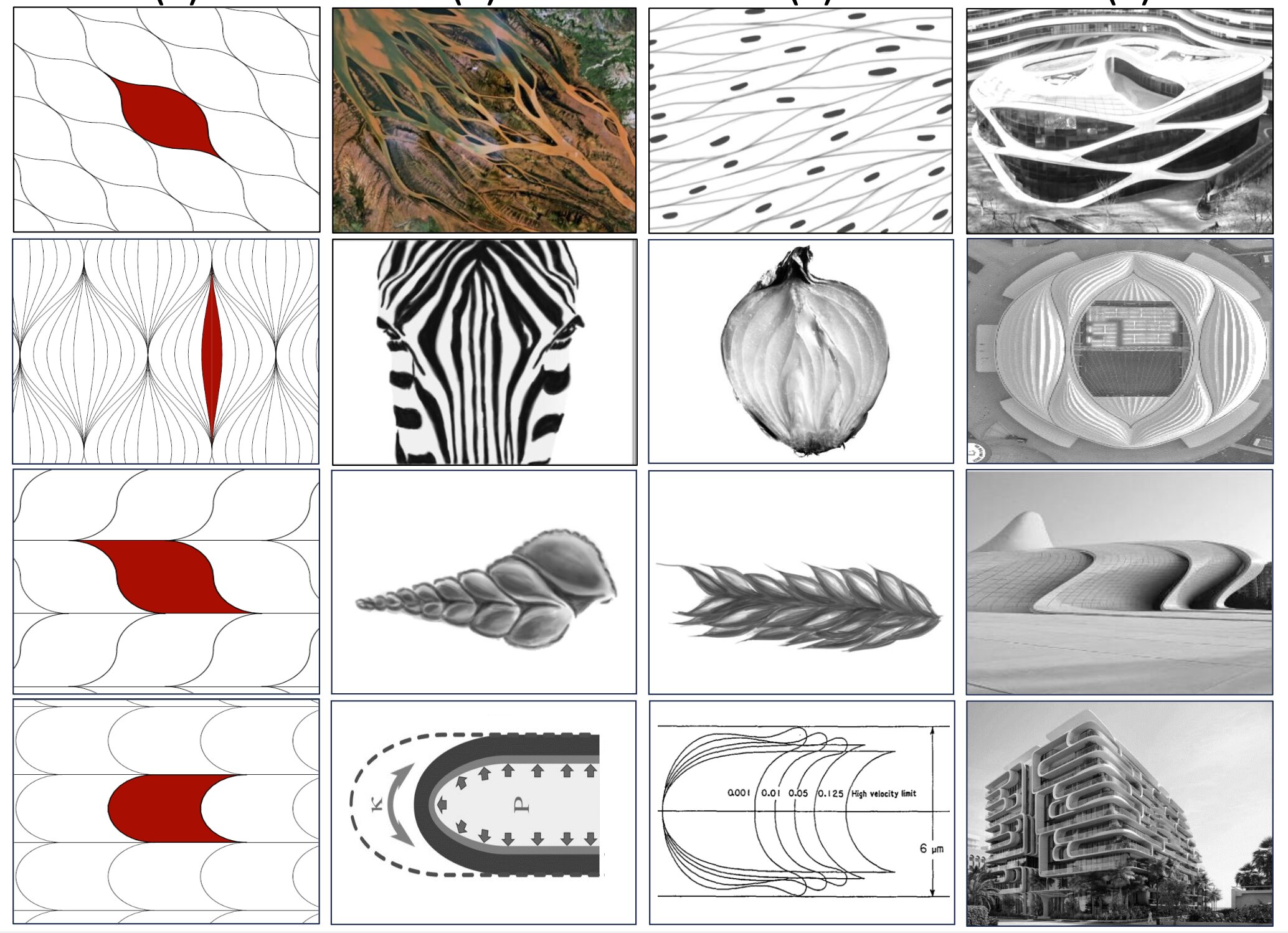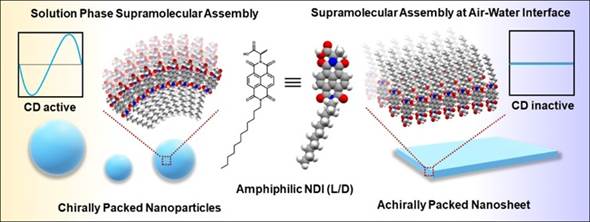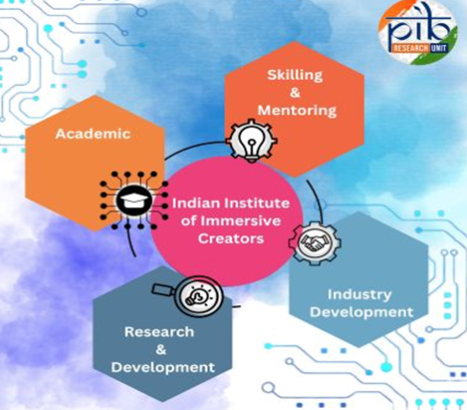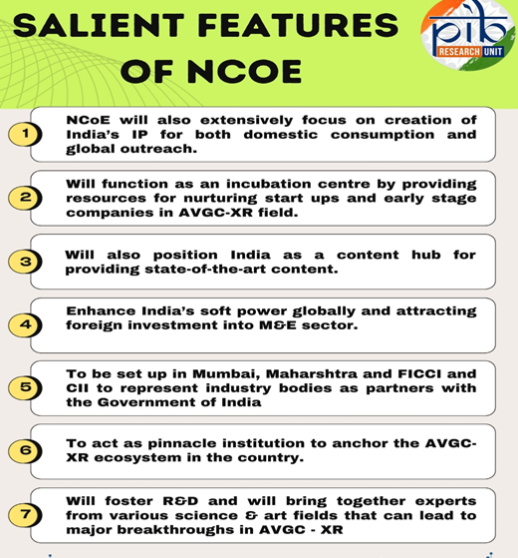Soft Tiling
Recently, scientists have found a new kind of cell that doesn’t follow shape rules but involves in tiling.
- Tiling – In mathematics, it refer to the process where any geometric shape covers a surface such that they leave no gaps between them.
- Example: Square tiles in house cover the floor completely.
- Classical shapes - The shapes most commonly used as tiles has positive curvature at its vertices having sharp corners and straight edges.
- Example: Triangles, squares, hexagons, cubes, and other polyhedral shapes typically the tiles that fill 2- and 3-dimensional spaces with no gaps.
- Soft cells – It is a new class of shape that stands apart from classical geometric forms by having a form of distributed curvature.
- In 2D - 2 pointed corners
- In 3-D – No corners
- Edges - Rounded edges
- Here, the curvature is spread smoothly along their edges instead of sharp deviations at specific points as in classical shapes.
- Soft cell tiling – Mathematically, this distribution minimises the number of high-curvature points i.e. corners while still allowing the shape to tile a space.
- Many natural structures like muscle cells, zebra stripes, and the layers of onion bulbs are covered in 2D tiles.
- These natural systems display a biological preference for curved, smooth-edged shapes.

- Tiling in Nautilus shell - The chambers inside these shells lack sharp corners in 3D.
- When they’re sliced open, they reveal a 2D soft-cell tiling.
- This relationship between 2D and 3D forms illustrates how soft cells could be involved in both biological tissue formation and processes like tip growth.
The researchers found they could make 3D soft cells by softening the edges and eliminating sharp corners completely. Here, the cells acquire a smooth, curved form that seamlessly fills a 3D volume without the need for angled protrusions.
- Significance - The mathematics of soft cells also suggests nature prefers to minimise sharp corners for structural reasons and functional efficiency.
- This paves the way for new insights into why certain biological and natural patterns emerge while others don’t
- It opens new avenues of mathematical study and has significant implications for biology, architecture, and materials science.
Reference
The Hindu| Tiling by Soft Cells
Joint Hunting by Octopus and Fish
A new study lifts the veil on what happens when octopuses and fish hunt together.
|
Cross Species Relationship
|
- It is the cooperation between individuals from different species.
- In mammals – There is a close relationship between dogs and humans in the context of herding sheep or hunting where both the dog and the human work together to achieve a goal.
- In underwater species – A nice example is the joint hunting behaviour of moray eels and grouper.
- The grouper approaches the moray and signals that it wishes to hunt and the eel responds in kind, and off they go.
- The eel can scare the prey fish from hiding places among the coral, while the grouper patrols over the top.
|
- Hunting by Octopus and Fish - There is a cross species interactions between the usually solitary day octopus (Octopus cyanea) and several fish species, such as goatfish and groupers.
- They share a common goal, to increase their hunting efficiency.
- Traditional view – In this scenario, the octopus would be solely in charge of decisions and the fish just follow (that is, it’s an exploitative, despotic relationship).
- Octopus - The producer, with its long, flexible arms, it explores all the nooks and crannies of the hunting ground, flushing out prey the fish can then take advantage of.
- Fish - It simply follow along and opportunistically pick up the scraps.
- Democratic relationship - New findings reveal that each partner in the interaction plays a specific role and there is no true leader.
- Fish - They were responsible for exploring the environment and deciding where to move.
- Octopus – It would decide if and when to move.
- Controlled experiments - They showed the octopuses were guided by social information provided by the fishes.
- Octopus with blue goatfish - Its foraging tactics where more focused and efficient.
- Octopus with blacktip groupers - They were less focussed and efficient.
- Significance of the study – The nature of the hunting relationship varied depending on who’s involved.
- The success rates for capturing prey were higher for the octopus when foraging with fishy partners.
Reference
The Hindu| Joint Hunting by Octopus and Fish Species
Supramolecular self-assembly
A new breakthrough in understanding the process of controlling the assembly of tiny molecular units into complex structures.
- Supramolecular self-assembly – It is a process where small molecules spontaneously organize into larger, well-defined structures without external direction.
- Research findings by – It is done by 2 autonomous institutes in Bengaluru under Department of Science and Technology (DST)
- Centre for Nano and Soft Matter Sciences (CeNS)
- Jawaharlal Nehru Centre for Advanced Scientific Research
- Key findings – They explored the self-assembly behaviour of specific molecules called chiral amphiphilic naphthalene diimide derivatives (NDI-L and NDI-D).
- They experimented with 2 different methods of assembling.
|
|
Solution Phase
Assembly
|
Air-Water Interface Assembly
|
|
Assembly
Environment
|
In a liquid solution
|
At the boundary between air and water
|
|
End
product
|
Forms spherical nanoparticles.
|
Forms into a flat, two-dimensional layers with irregular edges
|
|
Properties
|
Unique optical properties, such as strong mirror-imaged circular dichroism (CD) signals, which are important for materials that interact with light in precise ways.
|
not exhibit the same optical properties as the solution-assembled nanoparticles
|
- It indicates that the environment in which molecules assemble plays a critical role in determining their final structure and properties.

- Significance – Understanding this process is crucial for creating new organic materials that can be used to develop nanodevices.
- It not only advance the field of material science but also provide a foundation for future innovations in various industries.
- For example,
- In biomedicine, it could be used to develop more effective drug delivery systems that target specific areas of the body.
- In electronics, these materials could lead to the development of faster, more efficient devices.
Reference
PIB| Research Findings of Supramolecular Self Assembly
National Centre of Excellence (NCoE) for AVGC
Union Cabinet Approves National Centre of Excellence for AVGC-XR in Mumbai.
|
AVGC-XR
|
- AVGC-XR – Animation, Visual Effects, Gaming, Comics and Extended Reality.
- This sector that is set to be the future of the media and entertainment industry.
- In India – According to the FICCI-EY 2024 report, India now boasts the 2nd largest anime fan base globally with a growth rate of 25% and an estimated value of Rs.46 billion by 2023.
- It is projected to contribute 60% to the worldwide growth in anime interest in the coming years.
|
- NCoE AVGC - Provisionally named the Indian Institute for Immersive Creators (IIIC).
- It will be modelled after institutions like the Indian Institutes of Technology (IITs) and Indian Institutes of Management (IIMs).
- Mission – To revolutionize the AVGC sector and foster innovation in immersive technologies and to create a world class talent pool in India to cater to the Indian as well as global entertainment industry.

- Key Objectives - Focusing of creating Indian IP and leveraging our cultural heritage in new age
- Create a multiplier effect in the industry.
- An industry led initiative, in partnership with state and academia.
- Integrated focus on education, skilling industry, development, innovation.
- Hub and spoke model of development to be followed.
- IIIC as the hub and several center’s as its spokes dedicated innovation and research fund to promote start-up ecosystem.

National Centre of Excellence (NCoE) will be set up as a Company under the Companies Act, 2013 in India with FICCI and CII representing the industry bodies as partners with the Government of India.
Reference
PIB| National Centre of Excellence for AVGC
Star System T Coronae Borealis
North Americans are in for a celestial treat as a star is set to explode in the coming days.
- T Coronae Borealis (T CrB) – It is a two-star system, which is located 3,000 light-years away from Earth.
- This Star System is also known as 'Blaze Star', is not visible from Earth.
- 2 Star System – It comprises a red giant star and a white dwarf star, both orbiting each other.
- The age difference between them being billions of years.
- Visibility of explosion – It will be so bright and enormous that humans would be able to see it for nearly a week without any special equipment.
- It would take around 57 million years to reach it even if one were flying through space at 35,000mph.
- Despite being this far, people on Earth can see it with naked eye.
|
2 stages of a Star’s Life
|
- Red Giant – A star becomes a red giant during its final stages and blows up in size.
- White dwarfs – They are small and come into existence after a star has exhausted its nuclear fuel and is slowly cooling down.
- Transition of White Dwarf to Red Giant – For a star to go from a white dwarf to a red giant takes billions of more years.
- The white dwarf will undergo a thermonuclear explosion as it has been absorbing the red giant's hydrogen for a long time.
- This has led to a build-up of material on its surface putting it under more pressure and heat.
|
Reference
WION News| Explosion of the Star System T Coronae Borealis



